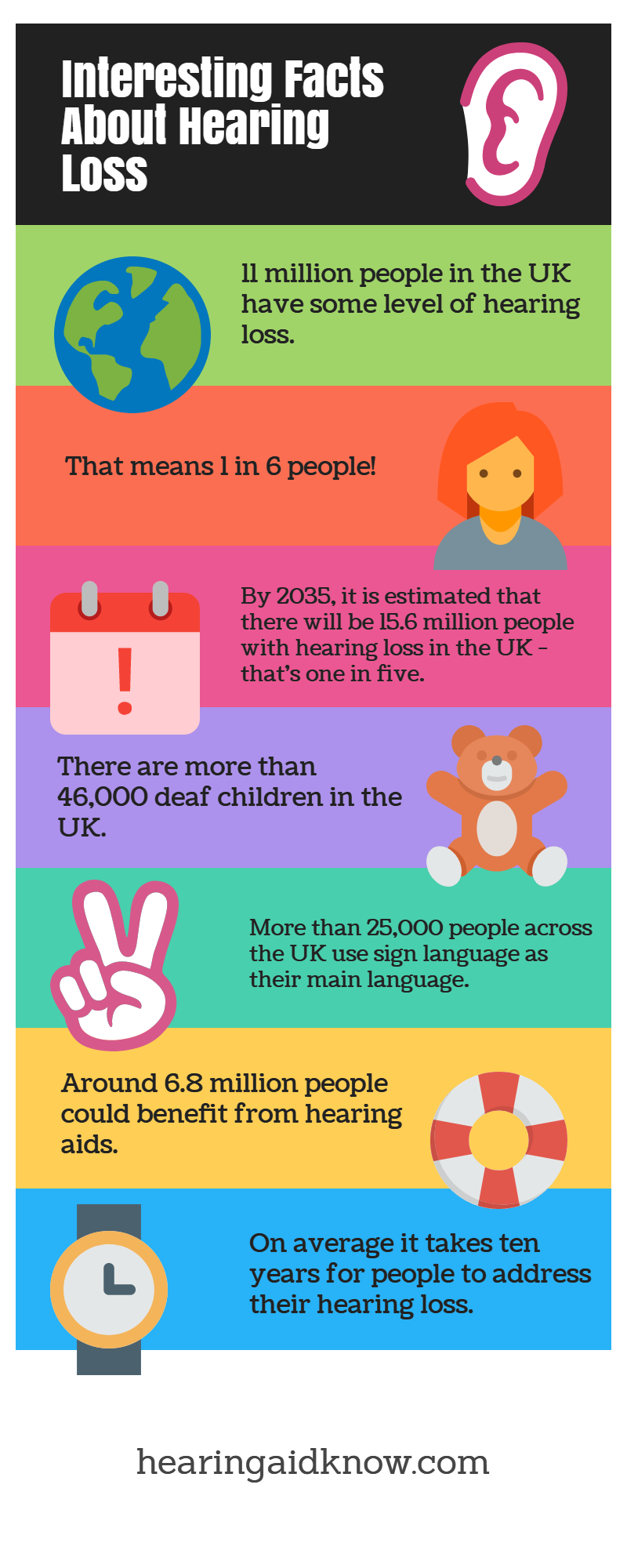When you consider the difficulties that dyslexic learners deal with, it's clear that acoustic handling issues frequently play a substantial duty. You might wonder how customized approaches can bridge the gap between auditory instructions and understanding. By integrating aesthetic help and damaging tasks right into workable steps, you might boost emphasis and understanding. Nonetheless, the services don't stop there. What other strategies can develop a genuinely encouraging knowing setting that fosters success and self-confidence?
Recognizing Dyslexia and Auditory Handling
Dyslexia affects approximately 1 in 5 people, making it one of the most common learning impairment. If you're navigating dyslexia, you may locate that it does not simply impact analysis and writing; it can also influence exactly how you refine acoustic information.
Auditory handling refers to just how your brain interprets audios, including language. When you struggle with this, it can lead to obstacles in recognizing spoken instructions and adhering to conversations.
You may see that you frequently misunderstand what you listen to or that it takes longer for you to respond in conversations. This isn't a reflection of your intelligence; it's a certain problem pertaining to refining acoustic signals.
Comprehending this link is critical because it helps clear up why you might master aesthetic tasks while facing hurdles in jobs that rely upon auditory understanding.
Recognizing these difficulties can empower you. By comprehending the complexities of dyslexia and auditory handling, you can much better support for your requirements, whether in educational settings or social scenarios.
It's important to recognize these concerns so you can look for the appropriate assistance and strategies in the future.
Efficient Methods for Support
Navigating the obstacles of acoustic processing can feel overwhelming, yet there are effective strategies that can help you prosper.
By implementing these strategies, you can enhance your learning experience and improve your capability to process acoustic information.
- ** Use visual help **: Combining acoustic directions with aesthetic supports, like charts or diagrams, can dramatically improve understanding.
- ** executive functioning for teens into smaller sized actions **: Simplifying guidelines into convenient pieces enables you to focus and refine info more effectively.
- ** Exercise energetic listening **: Participate in exercises that encourage you to listen diligently, such as summarizing what you've heard or asking questions for information.
- ** Include technology **: Use applications or software program developed to assist with acoustic handling, such as speech-to-text tools or audiobooks, to reinforce learning.
Creating Helpful Learning Environments
Creating an encouraging understanding atmosphere is important for aiding individuals with auditory handling obstacles are successful. Start by reducing distractions in your class or learning space. Usage acoustic panels or soft furnishings to take in noise, which can help students focus far better. Make certain seating setups enable clear sightlines to the teacher and any kind of aesthetic help.
Next off, include clear and concise interaction. Talk gradually and use simple language, checking for comprehending regularly. Encourage trainees to ask questions if they're unsure. Visual help like graphes, diagrams, and written guidelines can improve comprehension and retention.
Additionally, cultivate a society of persistence and understanding among peers. Educate students about acoustic handling issues, promoting empathy and assistance. Team activities can be useful; simply make sure that roles are clear and that students collaborate to sustain each other.
Finally, give regular feedback. Commemorate relevant webpage and success, despite how little. This motivation constructs self-confidence and strengthens the concept that learning is a journey.
Conclusion
In your trip to improve learning for individuals with dyslexia, think about each strategy as a tipping stone across a river. By weaving together acoustic and aesthetic help, damaging tasks right into bite-sized pieces, and nurturing a helpful atmosphere, you help create a bridge to understanding. Keep in mind, fostering compassion amongst peers and engaging families can light the path to success. With patience and devotion, you'll empower learners to overlook challenges, changing their battles right into toughness.
